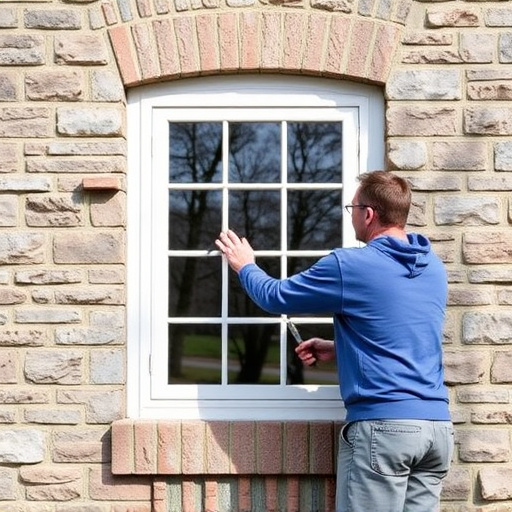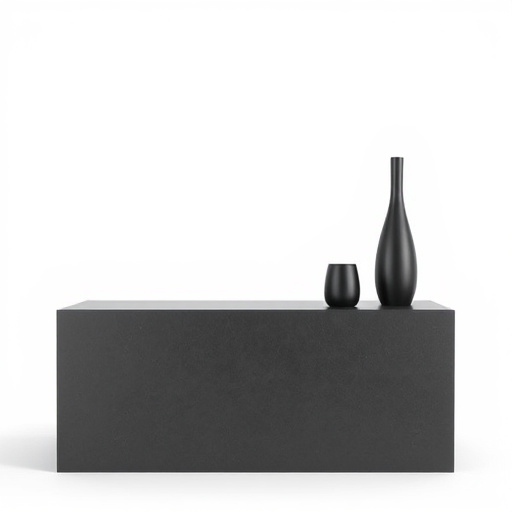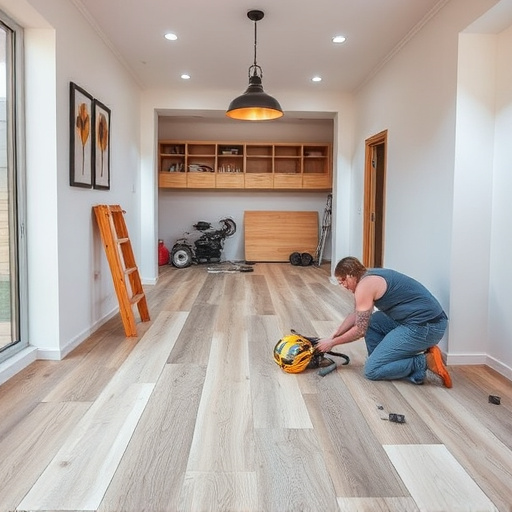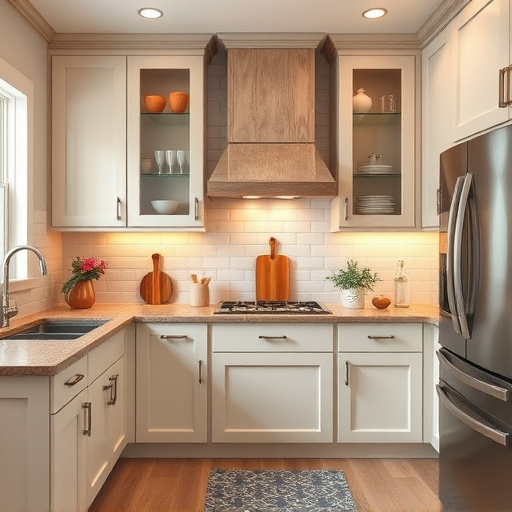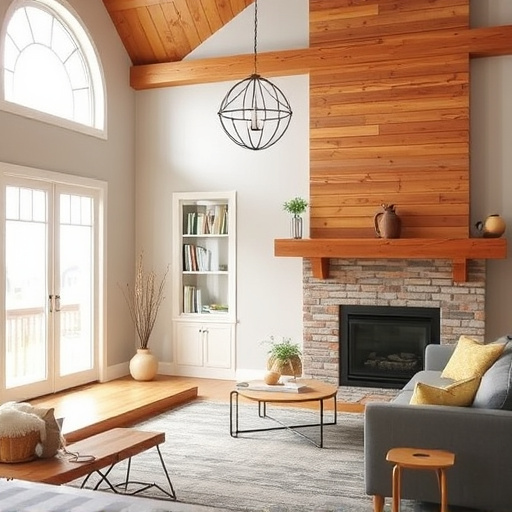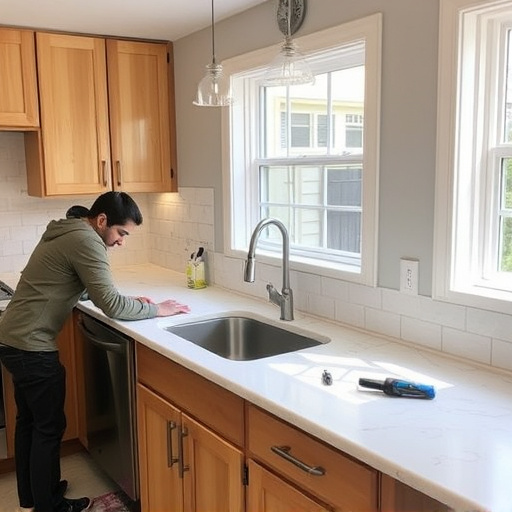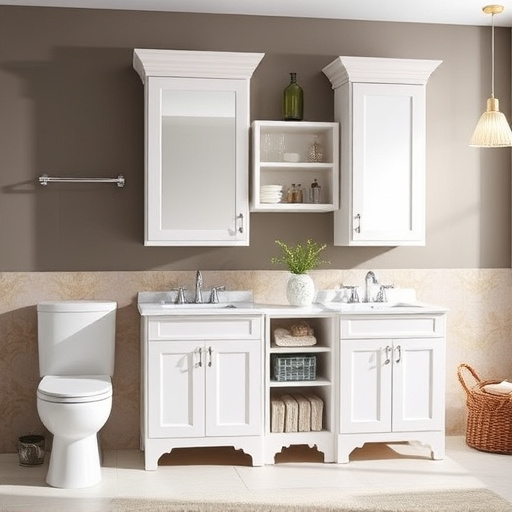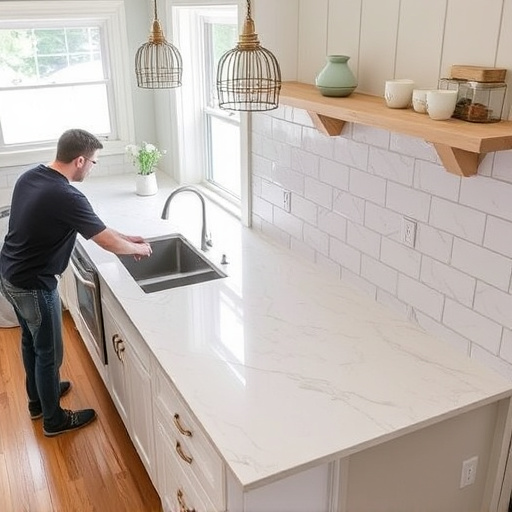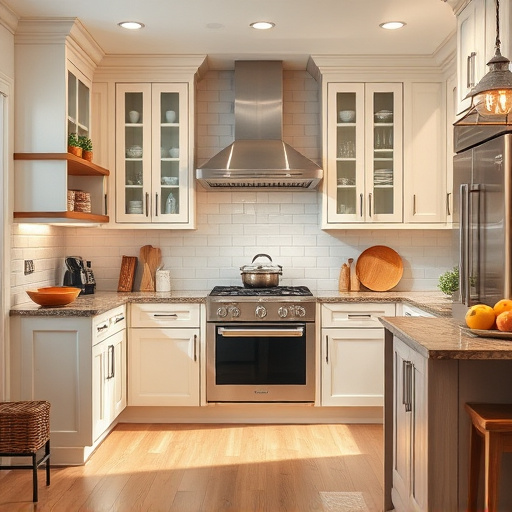Before starting any flooring design project, carefully assess each room's needs, considering material requirements based on space use and desired aesthetics. Accurately measure rooms and sketch floor plans to ensure visual appeal and practicality. Balance functionality and aesthetics by choosing suitable materials for different areas, complementing interior design while enhancing beauty and effectiveness.
Unleash your inner designer and transform your floors into a statement of style with our comprehensive guide. Discover the secrets to visualizing your ideal flooring layout, from understanding space and needs to exploring endless material options and trendy styles. We’ll walk you through creating a visual blueprint, using tools like online floor planners, and incorporating patterns that suit both function and aesthetics. Get ready to design floors that not only wow but also enhance your living spaces.
- Understanding Your Space and Flooring Needs
- – Assessing Room Layouts and Measurements
- – Defining Functionality and Esthetics
Understanding Your Space and Flooring Needs
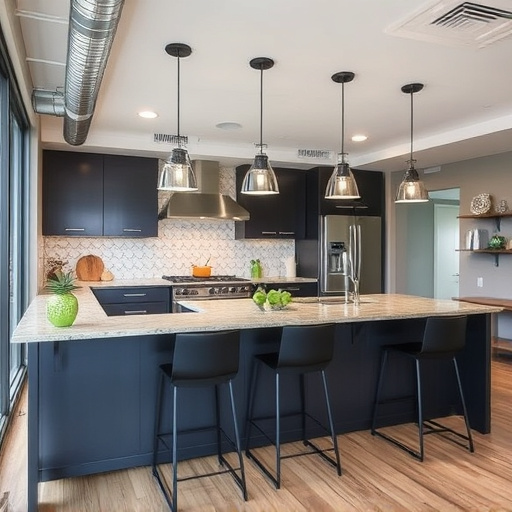
Before diving into your flooring design layout, it’s crucial to understand both the dimensions and functionalities of the space(s) you’re working with. Start by assessing each room’s unique needs. Is it a bedroom that requires soft, warm materials for relaxation or a kitchen and bath where durability and water resistance are paramount? Consider traffic patterns – high-traffic areas like hallways and living rooms need sturdier flooring capable of withstanding frequent footfall.
Understanding your space also involves thinking about how you want each room to function and feel. Do you envision a cozy, intimate dining area or a spacious, open-concept living space? Your ideal flooring design should enhance these functionalities and aesthetics. For instance, wide planks might create the illusion of more space in tight areas, while smaller tiles can add visual interest and vibrancy to rooms with plenty of natural light. Keep in mind that your chosen flooring not only defines the look but also contributes to the overall comfort and practicality of your home remodeling efforts.
– Assessing Room Layouts and Measurements
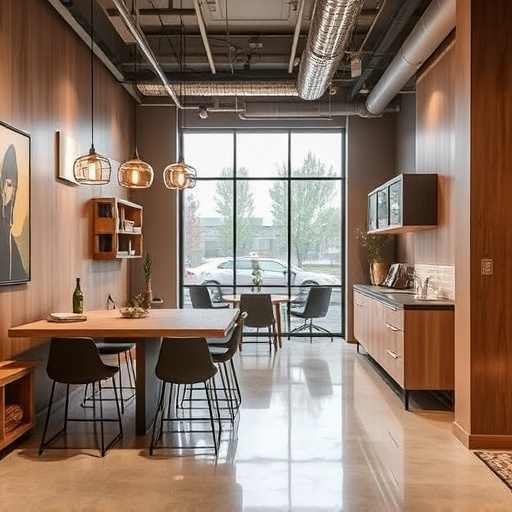
Before jumping into any flooring design layout, it’s crucial to start by meticulously assessing your room layouts and measurements. Understanding the dimensions of each space is key to ensuring your chosen flooring design not only looks visually appealing but also serves the function you desire. Measure length and width accurately, noting any unique angles or obstacles like doorjambs or built-in features that might affect placement. This step is especially vital when planning home additions or home transformations, where you want each new flooring decision to seamlessly integrate with existing spaces and create functional areas that cater to your lifestyle.
Once you have the measurements, sketch out floor plans to experiment with different layouts. Consider traffic flow, conversation areas, and how each space will be used. This visual representation allows for a deeper understanding of how various flooring materials and patterns can enhance or disrupt these functional spaces. By taking the time to assess your room layouts and measurements, you’ll set yourself up for successful home transformations that deliver on both aesthetics and practicality.
– Defining Functionality and Esthetics
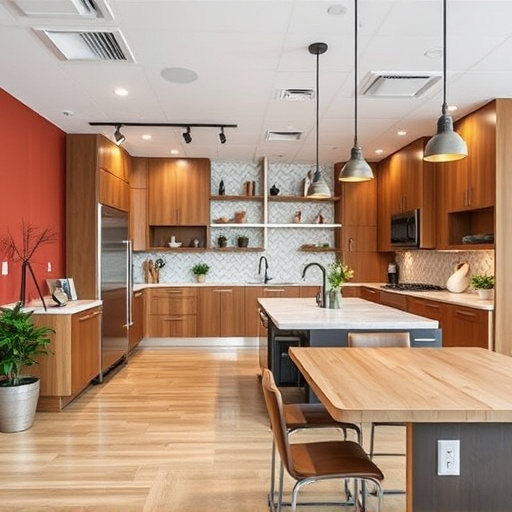
When visualizing your ideal flooring design layout, it’s crucial to strike a balance between functionality and esthetics. Start by considering how each room will be used. For instance, in high-traffic areas like kitchens or hallways, choose durable materials that can withstand wear and tear. Conversely, bedrooms or living rooms might benefit from softer options that offer comfort underfoot. Think about the overall style of your home as well; a modern design may suit sleek, minimalist flooring, while a rustic look could be enhanced by natural materials like wood or tile.
In terms of interior painting and functional spaces, flooring plays a significant role in setting the tone and feel of each room. For example, a bathroom remodel might involve selecting water-resistant tiles for shower floors or walls to ensure both safety and style. Incorporate your chosen flooring design into the broader aesthetic of your home, ensuring that it complements furniture arrangements and accent colors. This way, you can create inviting, cohesive spaces that not only look beautiful but also serve their intended purposes effectively.
Visualizing your ideal flooring design layout starts with understanding your space and flooring needs. By assessing room layouts, taking accurate measurements, and defining functionality alongside esthetics, you can transform your living spaces into reflections of your personal style. Remember, the right flooring choices not only enhance aesthetics but also contribute to the overall comfort and practicality of your home. With these steps as your guide, you’re well on your way to crafting a flooring design that truly captivates and serves your everyday needs.
